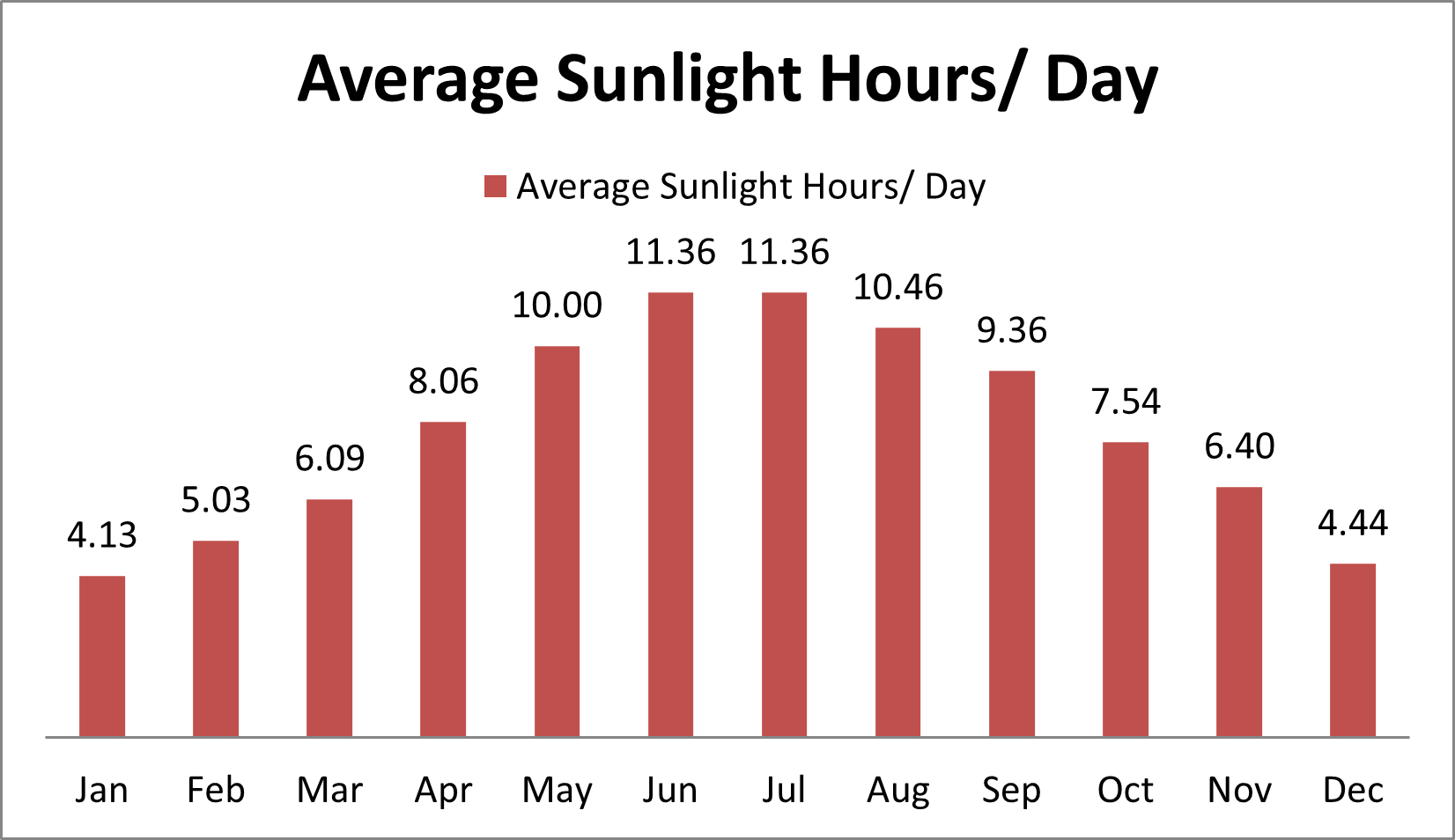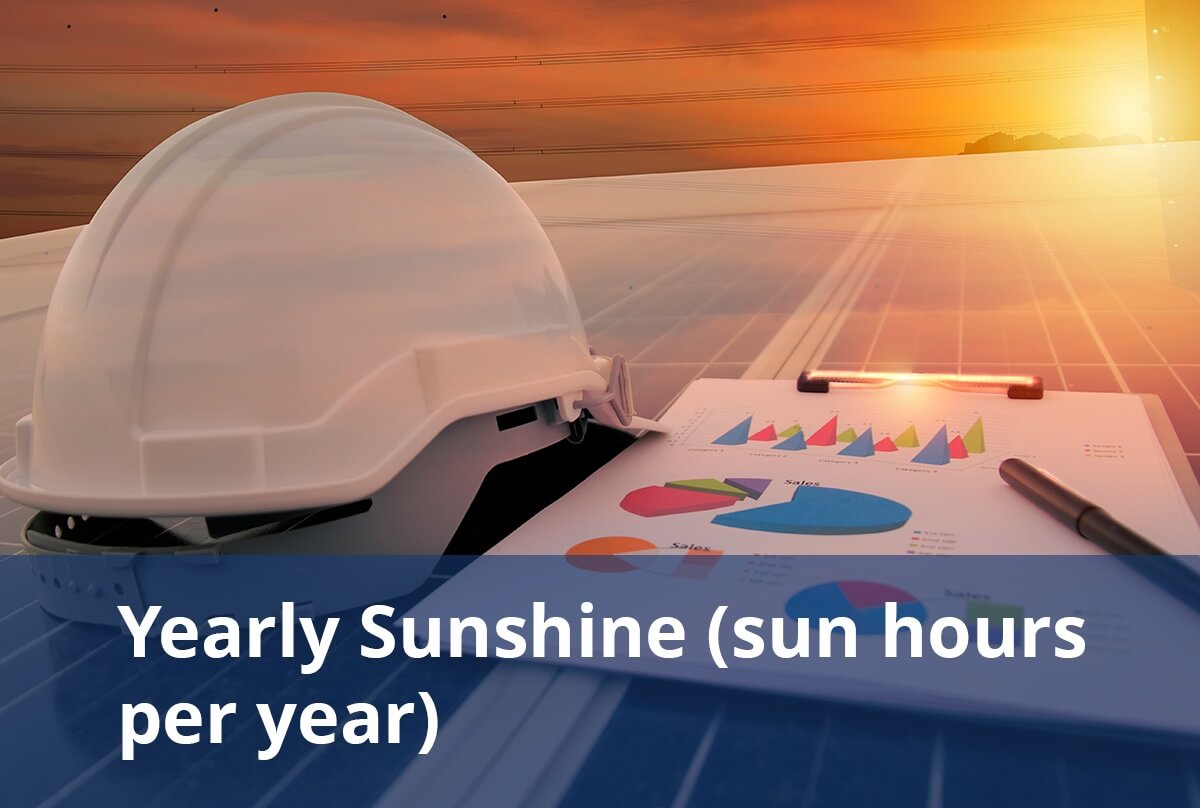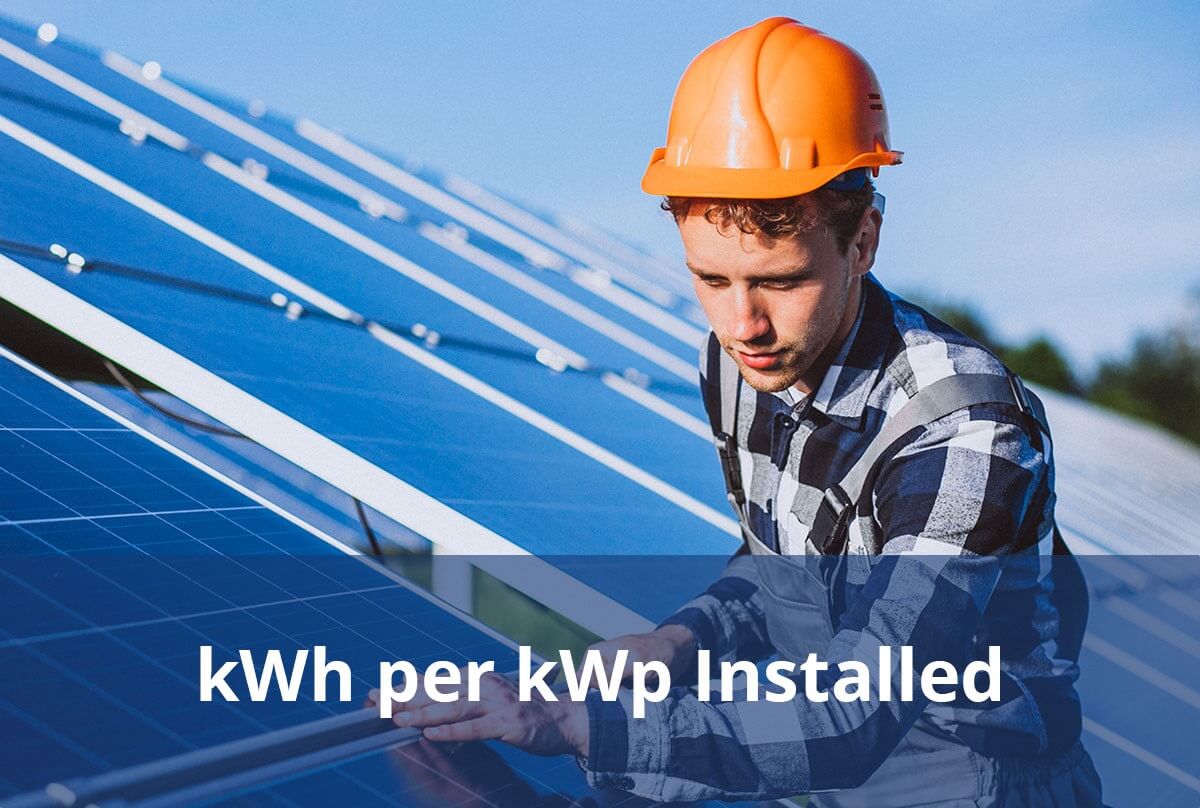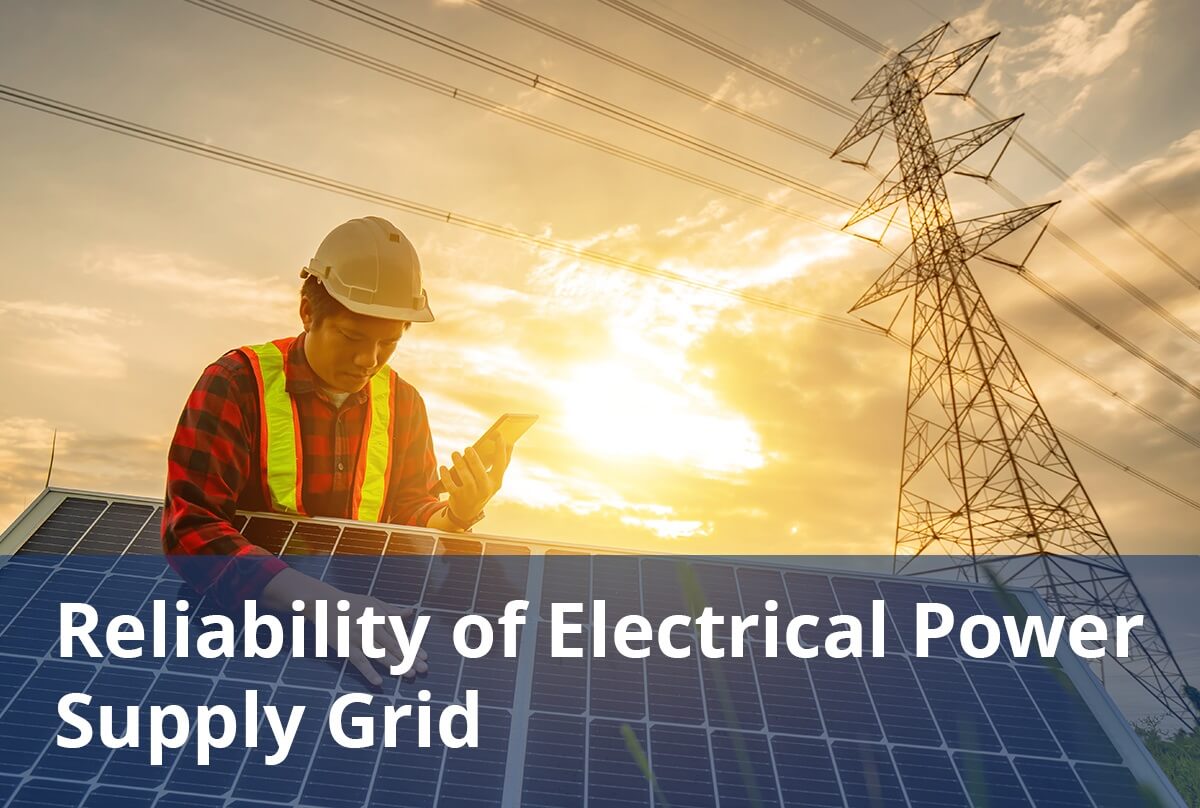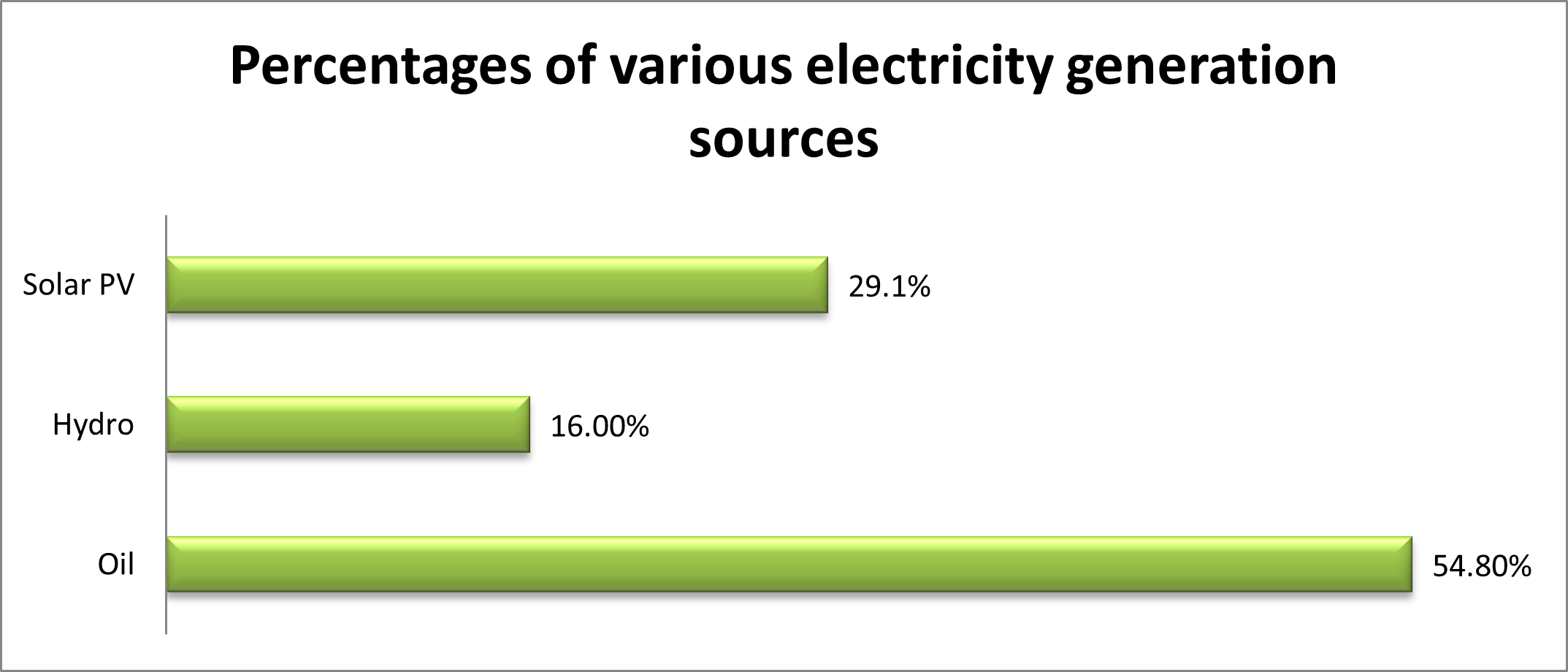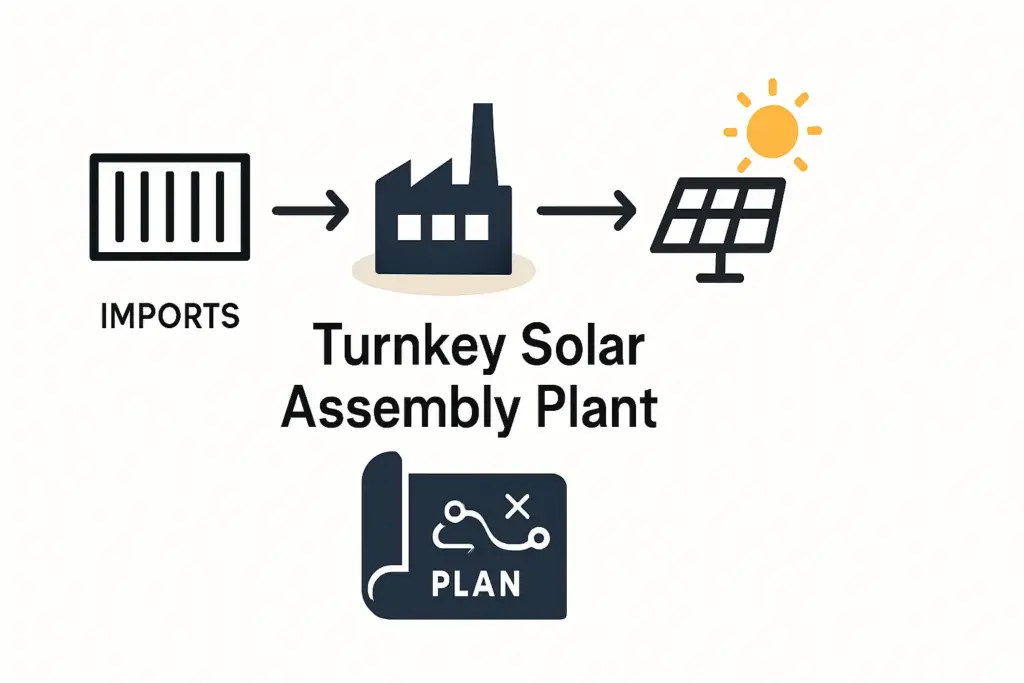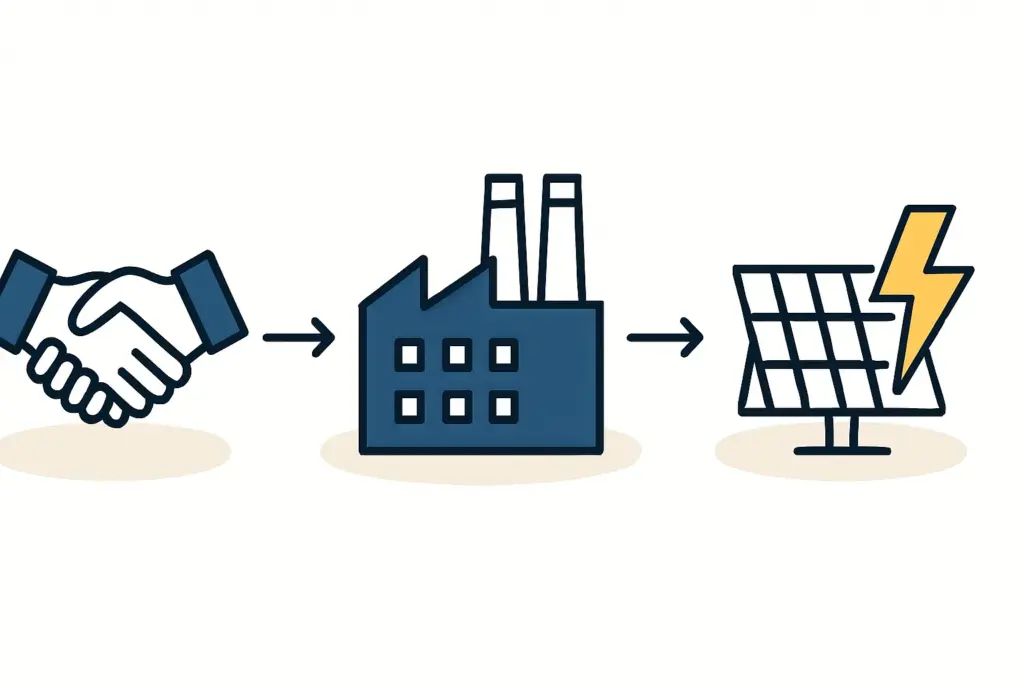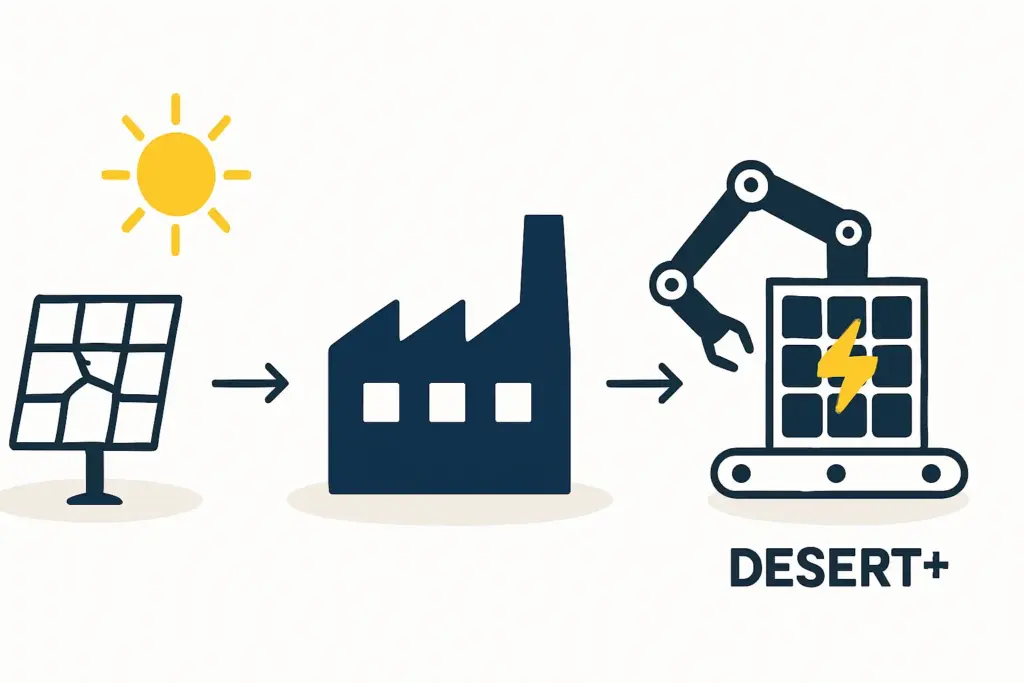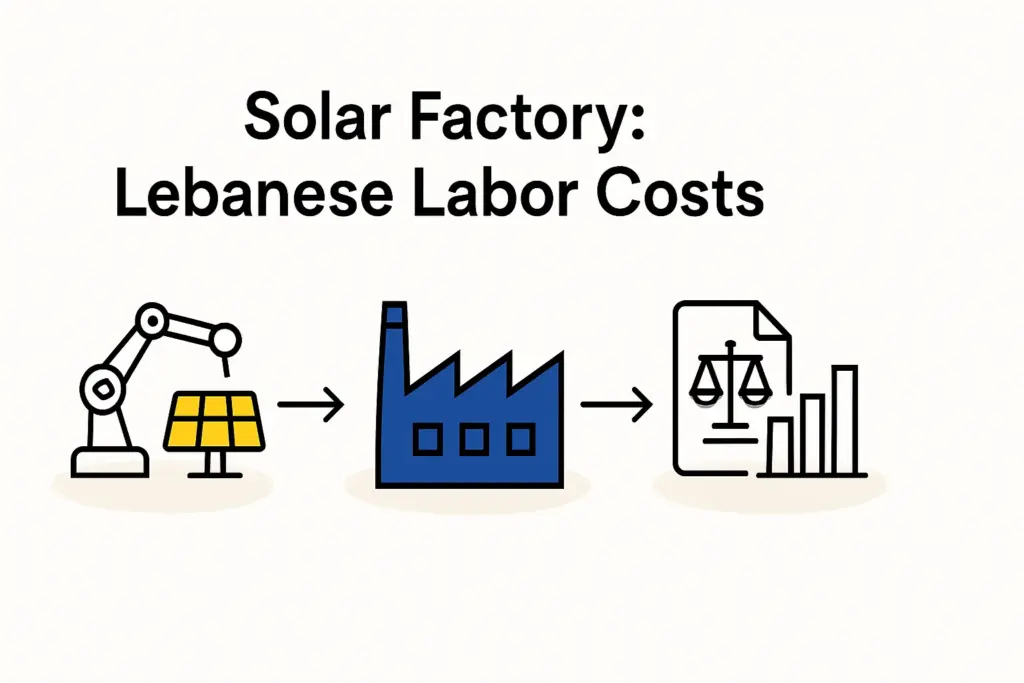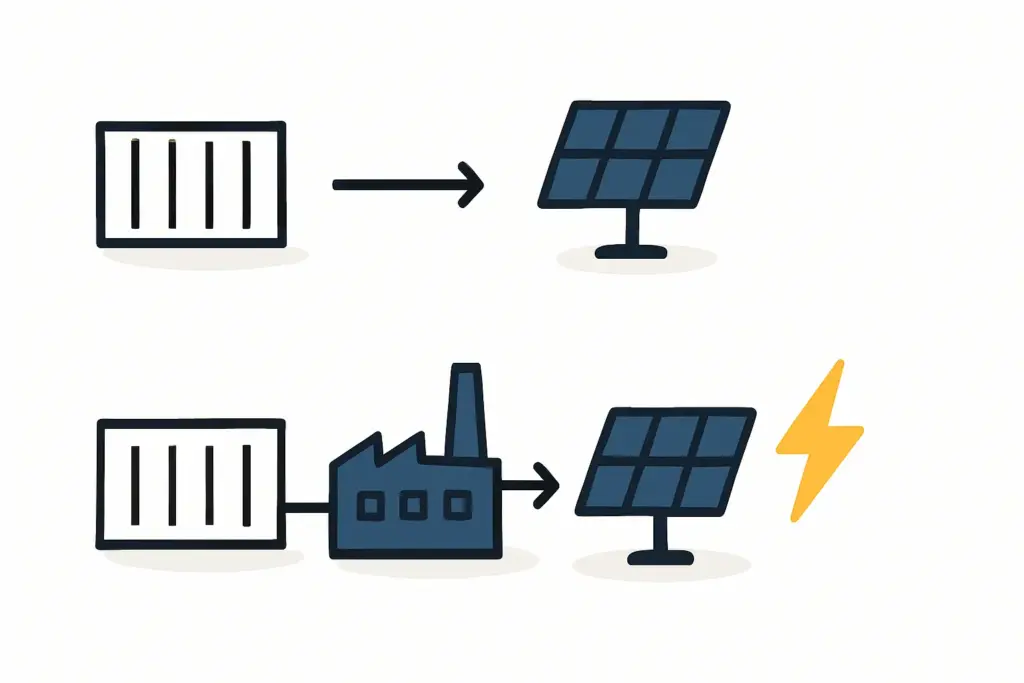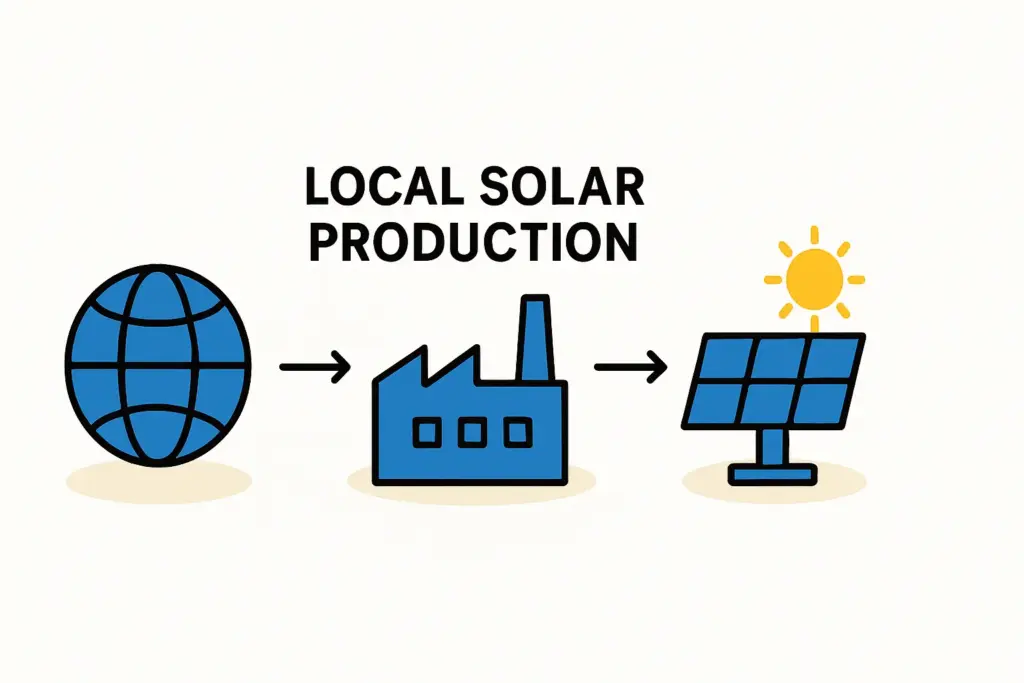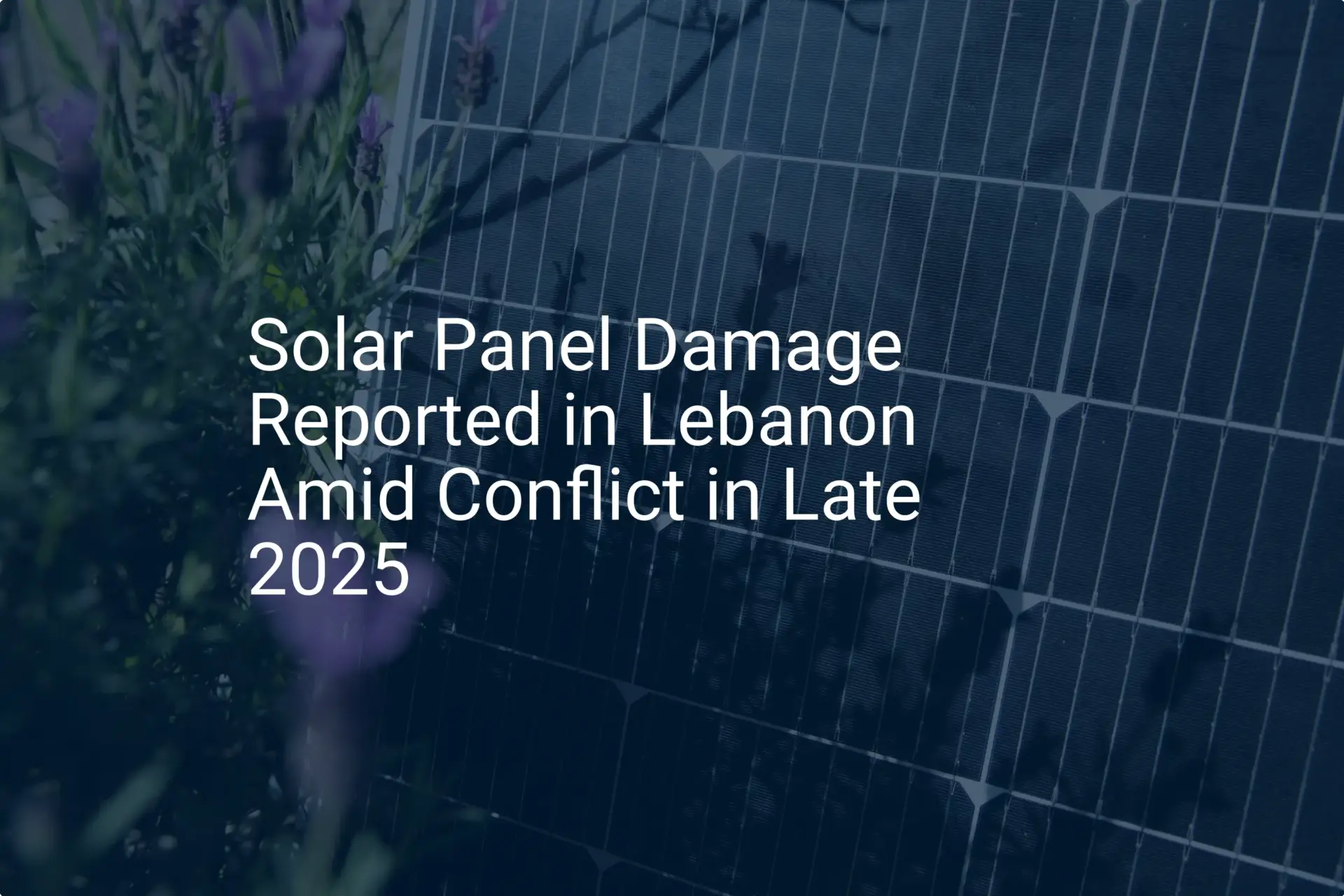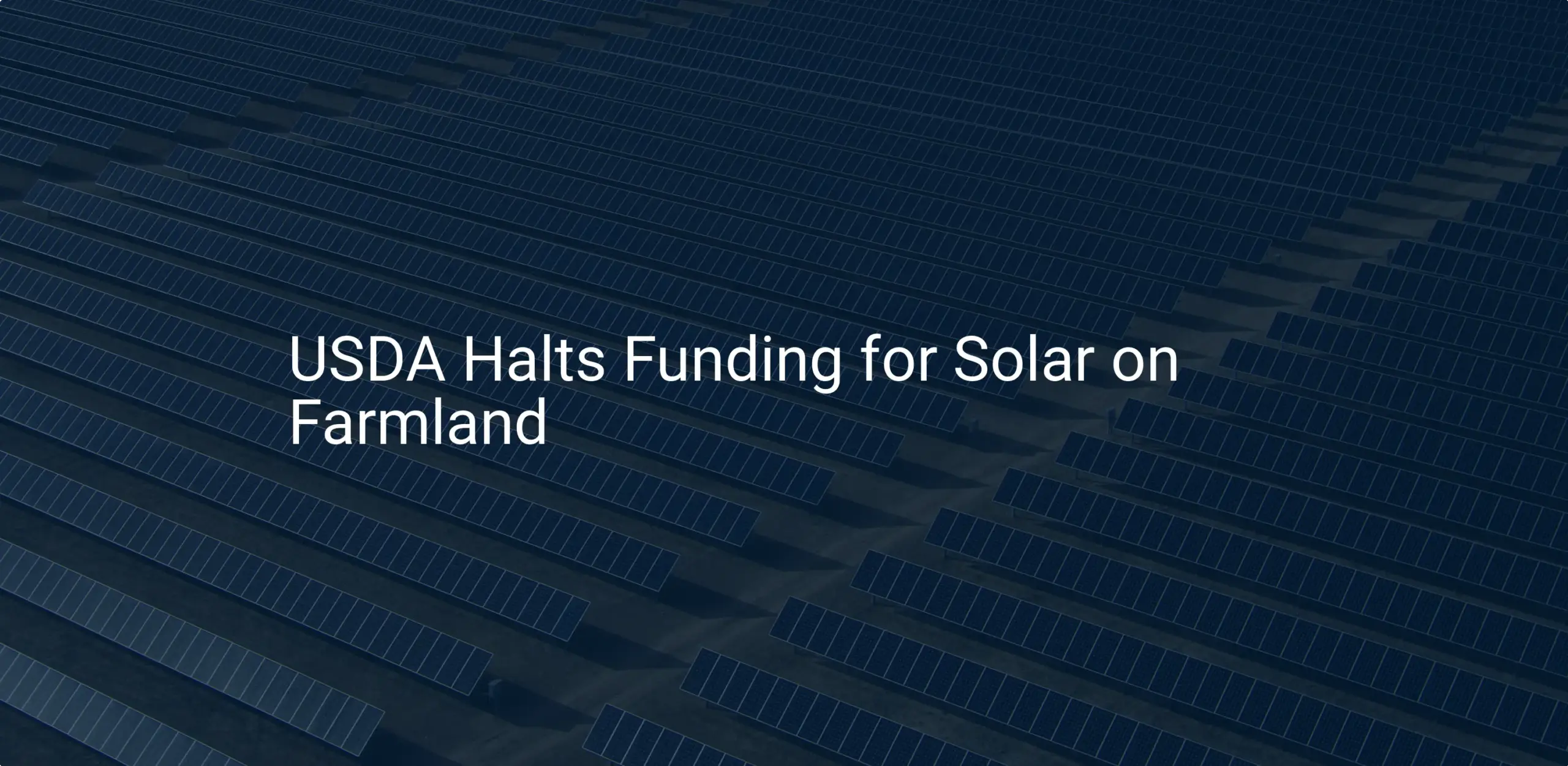Gain comprehensive insights into the statistics and metrics surrounding the solar production industry in Lebanon
- Climate.top. (n.d.). Sunshine & daylight hours in Beirut, Lebanon: Sunlight, cloud & day length. Retrieved February 6, 2025, from https://www.climate.top/lebanon/beirut/sunlight/
- profileSOLAR. (n.d.). Solar PV analysis of Beirut, Lebanon. Retrieved February 6, 2025, from https://profilesolar.com/locations/Lebanon/Beirut/#google_vignette
- GlobalPetrolPrices.com. (2024, June). Lebanon electricity prices, June 2024. Retrieved February 7, 2025, from https://www.globalpetrolprices.com/Lebanon/electricity_prices/
- Sinalda. (n.d.). Voltage in Lebanon: Electricity supply and power quality overview. Retrieved February 6, 2025, from https://www.sinalda.com/world-voltages/middle-east/voltage-lebanon/
- International Renewable Energy Agency. (2024). Renewable energy statistics 2024. Retrieved February 6, 2023, from https://www.irena.org/-/media/Files/IRENA/Agency/Publication/2024/Jul/IRENA_Renewable_Energy_Statistics_2024.pdf
- Lebanon Center for Energy Conservation. (2021, March). 2018 Solar PV Status Report. Retrieved February 6, 2025, from https://lcec.org.lb/sites/default/files/2021-03/191107014906152~2018%20Solar%20PV%20Status%20Report.pdf
- Bonex-prima.eu. (n.d.). A bright future: Renewable energy in Lebanon. Retrieved February 6, 2025, from https://bonex-prima.eu/a-bright-future-renewable-energy-in-lebanon/
- Arab Reform Initiative. (2024). Solar power equity in Lebanon. Retrieved from https://www.arab-reform.net/publication/solar-power-equity-in-lebanon, Retrieved February 6.
- Wilson Center. (2024, July). There’s still time to back solar power in Lebanon. Retrieved February 6, 2025, from https://www.wilsoncenter.org/article/theres-still-time-back-solar-power-lebanon
- BBC. (2023, May 17). How solar power is keeping Lebanon’s lights on. Retrieved February 6, 2025, from https://www.bbc.com/future/article/20230517-how-solar-power-is-keeping-lebanons-lights-on
- Wikipedia. (n.d.). Solar power by country. Retrieved February 6, 2025, from https://en.wikipedia.org/wiki/Solar_power_by_country
- L’Orient Today. (2024, January 13). Lebanon finally signs contracts to build 11 solar farms. Retrieved February 7, 2025, from https://today.lorientlejour.com/article/1336776/lebanon-finally-signs-contracts-to-build-11-solar-farms.html
- Middle East Research and Information Project. (2024, July). Off the grid: Why solar won’t solve Lebanon’s electricity crisis. Retrieved February 7, 2025, from https://merip.org/2024/07/off-the-grid-why-solar-wont-solve-lebanons-electricity-crisis/
- PV Magazine. (2023, June 8). Lebanese households fight economic crisis with record rooftop PV additions. Retrieved February 6, 2025, from https://www.pv-magazine.com/2023/06/08/lebanese-households-fight-economic-crisis-with-record-rooftop-pv-additions/
- 6WResearch. (n.d.). Lebanon off-grid solar energy market. Retrieved February 6, 2025, from https://www.6wresearch.com/industry-report/lebanon-off-grid-solar-energy-market
- PV Magazine International. (2024, September 13). Lebanon launches tender for 8 MW solar plant. Retrieved February 6, 2025, from https://www.pv-magazine.com/2024/09/13/lebanon-launches-tender-for-8-mw-solar-plant/
- World Bank. (2023). Distributed power generation for Lebanon: Market assessment and policy pathways. https://documents1.worldbank.org/curated/ar/353531589865018948/pdf/Distributed-Power-Generation-for-Lebanon-Market-Assessment-and-Policy-Pathways.pdf
- Worldsalaries.com. (n.d.). Average solar photovoltaic installer salary in Lebanon for 2025. Retrieved February 7, 2025, from https://worldsalaries.com/average-solar-photovoltaic-installer-salary-in-lebanon/
- Worldometer. (n.d.). Lebanon population (2025). Retrieved February 6, 2025, from https://www.worldometers.info/world-population/lebanon-population/
- Dubizzle. (n.d.). Warehouse for rent in Lebanon. Retrieved February 7, 2025, from https://www.dubizzle.com.lb/properties/q-warehouse-for-rent/
- Regus. (n.d.). Serviced office space in Beirut | Offices for rent. Retrieved February 7, 2025, from https://www.regus.com/en-gb/lebanon/beirut
- International Energy Agency. (n.d.). Lebanon: Electricity. Retrieved February 6, 2025, from https://www.iea.org/countries/lebanon/electricity,
- Electricité du Liban. (n.d.). Electricity law in Lebanon. Retrieved February 7, 2025, from http://www.edl.gov.lb/page.php?pid=30&lang=en
- Trading Economics. (n.d.). Lebanon – Access to electricity (% of population). Retrieved February 6, 2025, from https://tradingeconomics.com/lebanon/access-to-electricity-percent-of-population-wb-data.html
- Observatory of Economic Complexity. (n.d.). Crude petroleum in Lebanon. Retrieved February 6, 2025, from https://oec.world/en/profile/bilateral-product/crude-petroleum/reporter/lbn
- Lebanon Center for Policy Studies. (2024, May). Regulating the energy transition: Lebanon’s new law on distributed renewable energy. Retrieved February 7, 2025, from https://www.lcps-lebanon.org/en/articles/details/4853/monitor-%7C-regulating-the-energy-transition-lebanon%E2%80%99s-new-law-on-distributed-renewable-energy
- Lebanon Center for Energy Conservation. (n.d.). Decentralized RE Law. Retrieved February 6, 2025, from https://lcec.org.lb/our-work/partners/RELaw
- Lebanon Center for Energy Conservation. (n.d.). Details of Decree 6997 on mandatory solar standards. Retrieved February 6, 2025, from https://lcec.org.lb/node/2990
- PV Magazine International. (2024, January 2). Lebanon introduces peer-to-peer renewable energy trading. Retrieved February 7, 2025, from https://www.pv-magazine.com/2024/01/02/lebanon-introduces-peer-to-peer-renewable-energy-trading/
- Wikipedia contributors. (n.d.). Lebanese Center for Energy Conservation. Wikipedia. https://en.wikipedia.org/wiki/Lebanese_Center_for_Energy_Conservation
- U.S. Embassy in Lebanon. (2024, February 3). U.S. Ambassador Shea announces $20 million energy fund to help Lebanese entities finance renewable energy solutions. Retrieved February 7, 2025, from https://lb.usembassy.gov/u-s-ambassador-shea-announces-20-million-energy-fund-to-help-lebanese-entities-finance-renewable-energy-solutions/
- Fawaz, M. (2024, February 7). Lebanon’s solar rollout: In what ways has it been an unjust energy transition? Arab Reform Initiative. https://www.arab-reform.net/publication/lebanons-solar-rollout-in-what-ways-has-it-been-an-unjust-energy-transition
- Lebanon Center for Energy Conservation. (n.d.). Solar PV Farms- 180 MW bid. Retrieved February 7, 2025, from https://lcec.org.lb/our-work/MEW/solar-Farm-180
- Enel Green Power. (n.d.). Lebanon Solar Project, USA. Retrieved February 7, 2025, from https://www.enelgreenpower.com/our-projects/in-development/lebanon-solar-project

